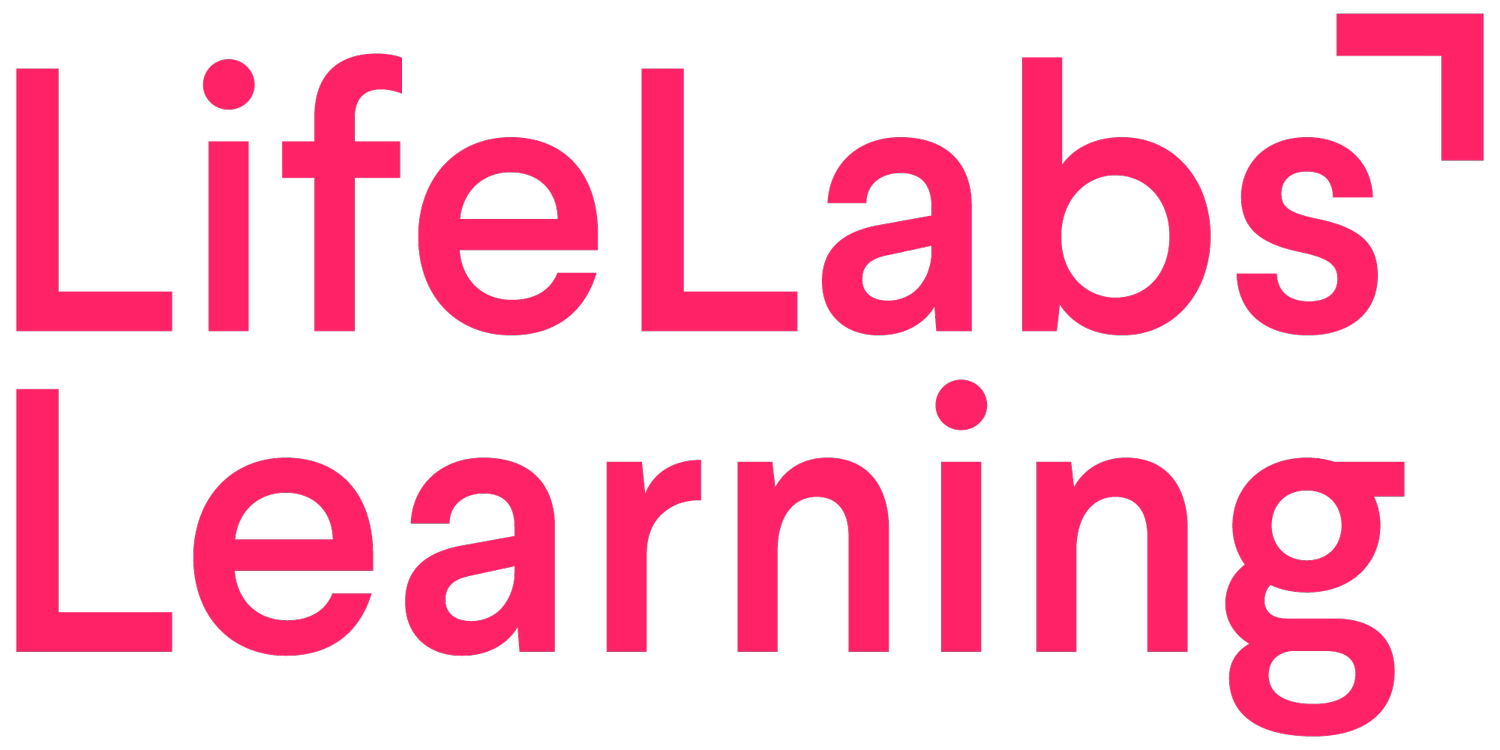Stop managing performance and start enabling success
5-minute read
In our work at LifeLabs Learning, we often hear the term ‘performance management.’ This concept usually pops up when our clients tell us they’re trying to find a good performance management system or wondering how to weave employee development into their overall performance management strategy. Often, the intentions are good: set up their employees for success. But, after years of partnering with companies across the globe, we see two problems with the term performance management:
People aren’t quite sure what it means.
It perpetuates the belief that performance is something we can (or should) manage.
Our simple alternative? Let’s reframe performance management as ‘success enablement’ instead.
In this post, we’ll briefly break down the areas of opportunity when it comes to ‘performance management’ and propose small changes that make a big impact on employee engagement, retention, inclusion, dignity, creativity, connection, performance, and ultimately success.
Performance management… What does that mean again?
The first problem — conceptual confusion — is a costly one in the short-term. When leaders and employees don’t have a clear and aligned understanding of this concept, they waste heaps of time and money trying to optimize something ambiguous. For example, some people use ‘performance management’ as a synonym for performance appraisal. Others think of it as their company’s goal-setting process. Still others see it as an umbrella term for people management.
Wikipedia isn’t much help on this front, defining performance management as: “the process of ensuring that a set of activities and outputs meets an organization’s goals in an effective and efficient manner.” ...Huh?!
Given how much time and effort companies pour into the pursuit of high performance, we believe it’s time to create some serious clarity in this space.
So, what is success enablement? We sum it up as the ecosystem of programs and resources that enable employees to succeed. Rather than forcing specific actions, success enablement is all about helping people produce great results.
The five primary drivers of employee success enablement includes systems that:
Define success (to create clarity)
Assess performance (to achieve alignment)
Develop skills that lead to success (to produce learning)
Spark and sustain motivation (to inspire action)
Identify and eliminate systemic barriers to success (to drive progress)
When we see these five areas as interdependent systems that enable our teams to achieve great things, we become far more strategic. We can make sure that all of these systems reinforce one another and build toward one shared vision of excellence.
Performance: something to control or to catalyze?
The second problem we see with the term ‘performance management’ is its focus on controlling specific behaviors, which has major short-term and long-term implications.
First, let's address the issue with the term 'manage,' which is a synonym for control. Attempting to manage our own performance is hard enough. But any attempt to control other people typically results in frustration (at best) and disaster (at worst). Instead of trying to control performance, companies with cultures of high engagement, rapid learning, and a dedication to excellence strive to catalyze high performance instead.
What’s the difference? A control (aka management) strategy relies on extrinsic motivators like financial rewards, recognition, and fear of negative consequences to incentivize performance. This method can work for short periods of time, for highly routine tasks, or in a fully predictable environment, but it backfires in all other conditions. The result is low engagement, high turnover, and, paradoxically, poor performance.
A catalyst strategy, on the other hand, does not seek to force certain outcomes directly, but rather to create the conditions that foster overall success. This approach leans on more sustainable, intrinsic drivers like personal development, connection, meaning, and autonomy. The result is a self-perpetuating culture of high performance and a place where people don’t just succeed at work but also thrive as human beings.
The catalyst model assumes that employees join our organizations willing and eager to do great work. As leaders and People Ops professionals, our role is simply to keep it that way. Instead of seeing humans as resources, we have to ask ourselves how we can provide resources for humans so they can achieve even more with our support than they could accomplish alone. In other words, we have to ask: how can we enable them to succeed?
Second, focusing on 'performance' is also limiting in an environment that demands constant agility, adaptivity, and collaboration. The reality is that great results stem from a complex combination of individual performance, team effectiveness, engagement, systems, and culture. Taking this wholistic approach shines a light on high-impact areas for improvement rather than simplistic individual shortcomings. This is why enabling 'success' is the most fruitful goal we can set.
Enabling success enablement
Of course, we’re not suggesting that words alone can produce or prevent success. So, why bother messing with the language? Because at the end of the day, language shapes our thinking and therefore our actions. Sometimes a fresh new term serves as the entryway to a fresh new perspective and, more importantly, to better behaviors.
If you agree, here are steps you can take to enable a ‘success enablement’ approach at your company (and in the world):
Claim it: Swap out ‘performance management’ for ‘success enablement’ in your documentation and conversations.
Define it: Create an explicit definition of ‘success enablement’ for all your internal stakeholders to share, including a list of the systems that are a part of it. (Pro-tip: start with the list we share in this post!)
Audit your systems: Review your current people processes through the lens of success enablement. Ask: “Does this [system/program/process] attempt to control or to catalyze high performance? Does it set up our employees for success?"
Pull for feedback: Last but not least, ask your employees (whether via a survey or casual conversations): “What do you think we can do as a company to enable you and others to succeed? What stands in your way? What resources do you wish we could make available?”
Performance Review Playbook
For more performance-related tools and templates, download our free Performance Review Playbook now.


